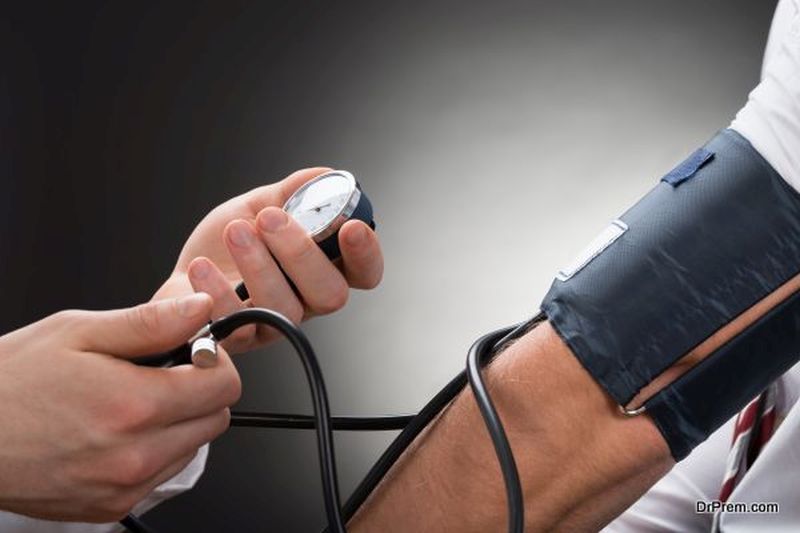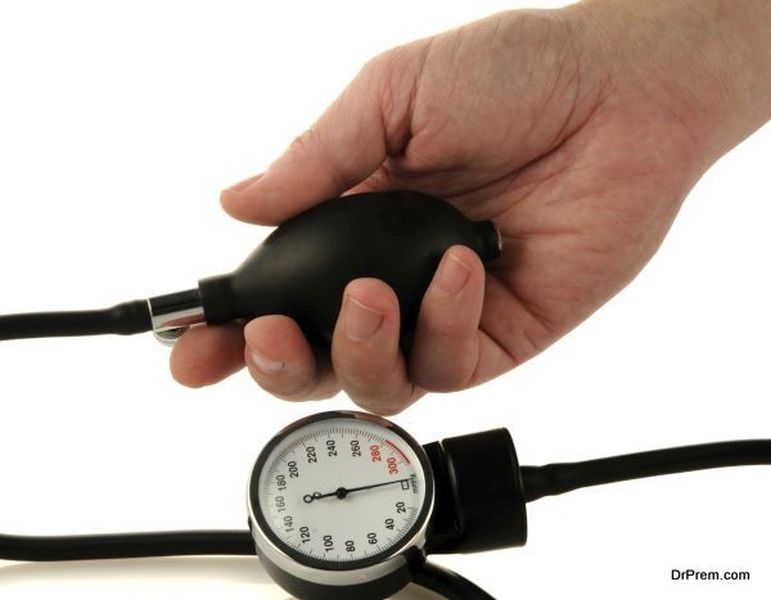Hypertension, also known as high blood pressure, affects about 75 million adults in America today, which makes up 32% or one-thirds of the adult population. If that’s not unfortunate enough, high blood pressure is considered a primary cause of death among over 410,000 Americans back in 2014.
Hypertension is regarded as a silent killer for a reason—it rarely manifests initial symptoms, which is why early diagnosis and treatment is imperative to prevent the possibility of heart disease or stroke.
The accuracy of blood pressure measurement is part and parcel of early diagnosis. However, it’s fairly easy to commit errors when obtaining an individual’s blood pressure. If you want to avoid inaccurate readings, here are four scenarios you should take note of:
Wrong cuff size
The non-invasive blood pressure apparatus, also known as a sphygmomanometer, is composed of an NIBP hose, NIBP connectors, and an NIBP cuff that has an internal bladder that inflates to obstruct blood flow in the arm. However, the individual must ensure that the cuff with the bladder encircles at least 80 percent of an adult’s arm; otherwise, the blood pressure reading will be higher than the actual reading.
It’s also important to note that an NIBP cuff that’s too large for the arm can also falsely lower the blood pressure reading, while an overly small cuff can result to a falsely high reading. The best and most practical way to accurately size a blood pressure cuff is to make sure that the cuff covers two-thirds of the space between the patient’s shoulder and elbow.
Incorrect position of patient’s body
When obtaining a person’s blood pressure, make sure that influences of gravity are eliminated to accurately measure blood flow. This is why the incorrect position of the limb or the patient’s body is a common error during BP measurement.
The standard reference level when obtaining blood pressure is at the level of the heart. Placing the extremity above heart level can cause an artificially low reading while a falsely high reading is obtained when it is positioned way below. And we’re talking about significant errors that can range up to 2 mmHg for every inch that the limb is above or below the standard level.
Poor environment
Another common pitfall when measuring blood pressure is doing so in a stress-inducing environment. In order to obtain accurate results, BP measurements should be taken in a quiet setting with a comfortable temperature. It’s also important to consider that being a restless patient can affect readings.
If you are taking someone’s BP, have the patient sit and relax for at least 5-10 minutes prior to taking the blood pressure. Once seated, do take note that measuring the BP while the patient is talking can significantly raise the values to as much as 8-15 mmHg.
Another thing to consider is what we call as the “white-coat” effect, which is common in children and adolescents but may also occur in adults. This phenomenon is described as an increase in blood pressure readings because of the medical environment. This most especially exacerbates when physicians are the ones who take the BP measurements, or anyone with the “white coat”, including nurses and other hospital staff members.
Lack of patient reminders
When taking blood pressure measurements, one must be aware of the cardinal rules on how to correctly obtain accurate readings. Being more aware of such rules, it is essential to be able to remind patients of certain dos and don’ts prior to the BP measurement.
A common one is to make sure that the patient has not consumed any caffeinated products within 30 minutes before reading. The same advice also goes for exercise or any strenuous activity and smoking. Such habits can falsely raise a person’s blood pressure. Also, don’t forget to allow the patient to urinate before checking his or her BP, as bladder distention can also affect the readings.
Being a routine patient assessment procedure, blood pressure measurement may often be haphazardly done. Such errors can lead to the treatment of an inexistent condition or the under-treatment of a more critical one. Knowing these common mistakes when taking blood pressure is the first step to better readings and treatment for an individual in the future.
Article Submitted By Community Writer






